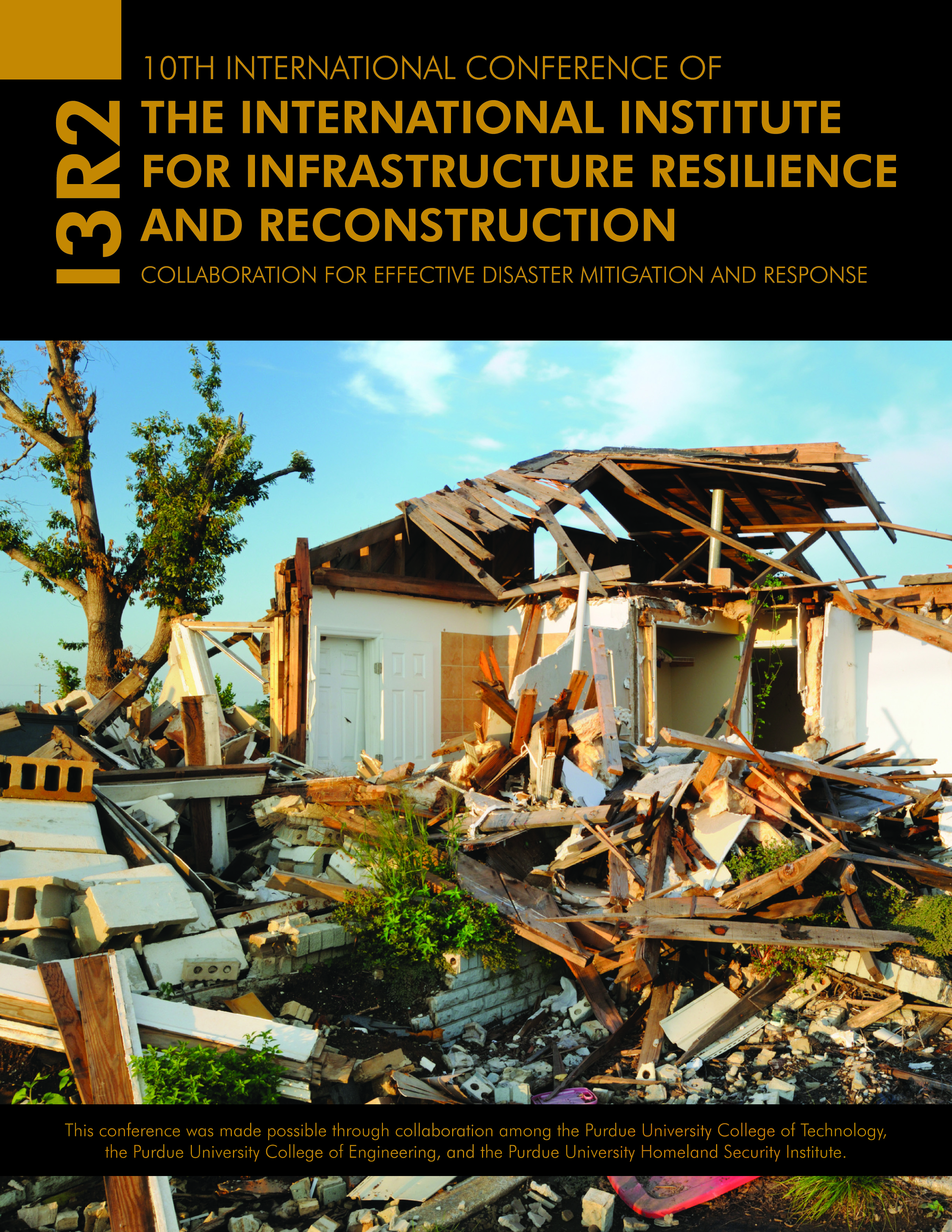Abstract
Widespread flooding with significant damage in many countries, such as the Philippines in 2013, highlights the ongoing need for effective flood risk management (FRM). This hinges on comprehensive access to and dissemination of information about the elements and the people at risk. Simulations, real-time graphs, and maps illustrate the spatial distribution of flood risks, spatial allocation and dissemination of flood effects, if flood risk reduction measures are not implemented, as well as the benefits to be derived from the effective implementation and maintenance of flood risk management measures not realized. Using precipitation, river water, and tide levels, a real-time monitoring site was set up for the Shirakawa River, Kumamoto, Japan. The data gathered from the July 2012 flood event is used as a demonstrator, illustrating a flood event as well as how to utilize the information provided on this site to determine the future time and possibility of flooding. Additionally, an electronically generated flood hazard map making process is being developed for distribution across Japan. These illustrative approaches can be utilized in cities and communities around the globe.
Keywords
flood risk management, flood risk mapping, flood vulnerability mapping, numerical simulation, integrated risk and vulnerability assessment
DOI
10.5703/1288284315359
Recommended Citation
Lummen, N.S., Nagayoshi, Y., Shirozu, H., Hokamura, T., Nakajo, S., Yamada, F., & Okada, N. (2014). Flood Risk Management: An Illustrative Approach. In Randy R. Rapp & William Harland (Eds.), The Proceedings of the 10th International Conference of the International Institute for Infrastructure Resilience and Reconstruction (I3R2) 20-22 May 2014. (42-48). West Lafayette, Indiana: Purdue University.
Included in
Flood Risk Management: An Illustrative Approach
Widespread flooding with significant damage in many countries, such as the Philippines in 2013, highlights the ongoing need for effective flood risk management (FRM). This hinges on comprehensive access to and dissemination of information about the elements and the people at risk. Simulations, real-time graphs, and maps illustrate the spatial distribution of flood risks, spatial allocation and dissemination of flood effects, if flood risk reduction measures are not implemented, as well as the benefits to be derived from the effective implementation and maintenance of flood risk management measures not realized. Using precipitation, river water, and tide levels, a real-time monitoring site was set up for the Shirakawa River, Kumamoto, Japan. The data gathered from the July 2012 flood event is used as a demonstrator, illustrating a flood event as well as how to utilize the information provided on this site to determine the future time and possibility of flooding. Additionally, an electronically generated flood hazard map making process is being developed for distribution across Japan. These illustrative approaches can be utilized in cities and communities around the globe.



